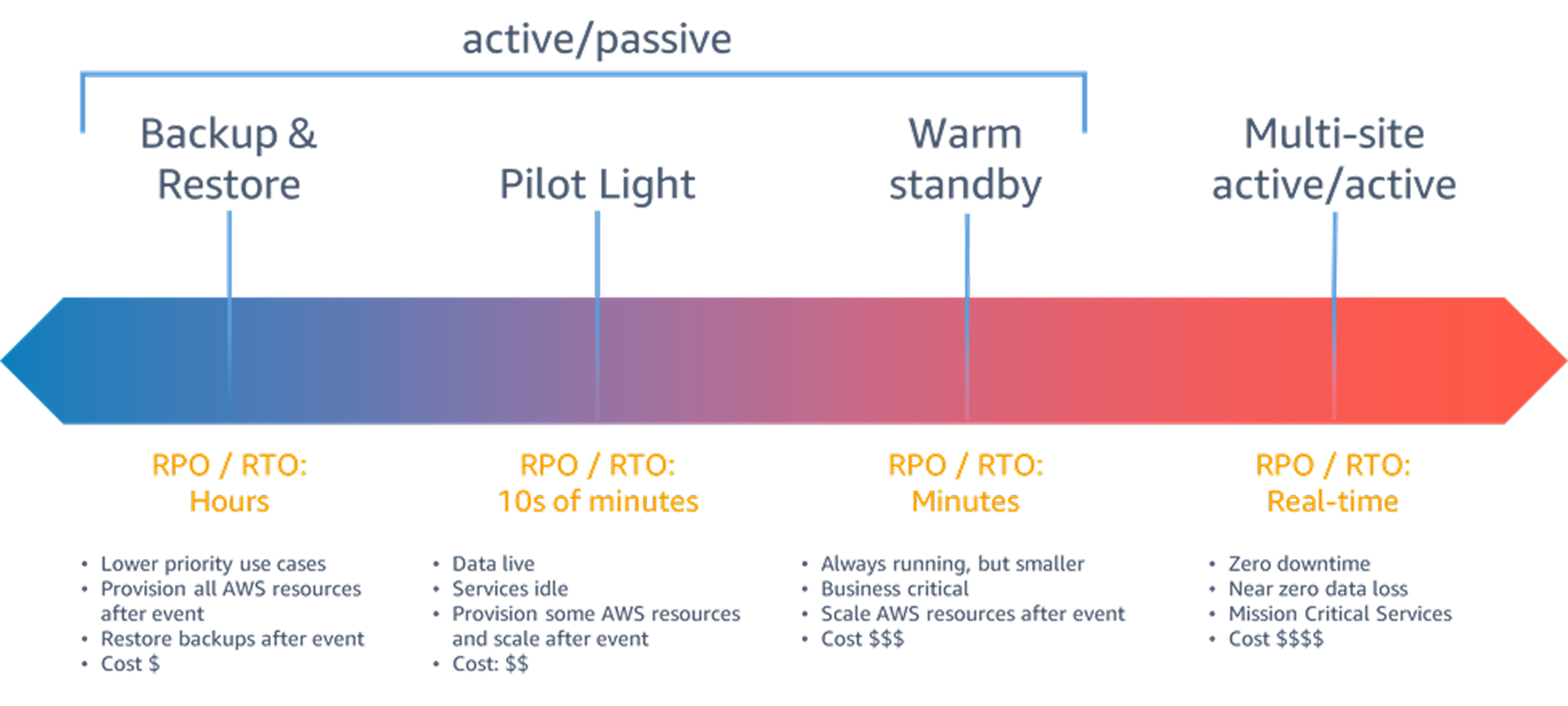AWS: Getting the Most from AWS Lambda (Common Pitfalls to Avoid)
Posted On: July 16, 2025 | 2 min read
AWS Lambda has changed how developers build and deploy applications, eliminating the need to manage servers and enabling a pay-per-use model. However, many teams face performance issues or unexpected costs due to common pitfalls. Understanding these mistakes ensures you get the most value from Lambda.
1. Ignoring Cold Starts:
When a Lambda function is invoked after a period of inactivity, AWS needs to initialize a new container. This “cold start” adds latency, especially for functions using heavy runtimes or large dependencies.
How to avoid:
- Use lighter runtimes like Python or Node.js when possible.
- Keep dependencies minimal.
- Use Provisioned Concurrency for latency-sensitive workloads.
2. Over-Permissioned IAM Roles:
Granting Lambda functions broad permissions (like :) is a security risk.
How to avoid:
- Follow the principle of least privilege.
- Create IAM roles with only the necessary actions for each Lambda function.
- Regularly audit IAM policies.
3. Not Optimizing Memory and Timeout:
Developers often leave default settings unchanged, leading to slow functions or unnecessary costs.
How to avoid:
- Monitor Lambda execution in CloudWatch to find optimal memory and timeout.
- Increasing memory also increases CPU, which can reduce execution time and cost.
4. Large Deployment Packages:
Uploading unnecessary files and libraries increases cold start times and deployment complexity.
How to avoid:
- Use Lambda Layers for shared code.
- Include only required dependencies.
5. Neglecting Observability:
Skipping logs and monitoring can hide performance bottlenecks or failures.
How to avoid:
- Use CloudWatch Logs and X-Ray for tracing.
- Monitor key metrics like invocation count, error rate, and duration.
Conclusion:
Lambda is powerful but not “set-and-forget.” By avoiding common pitfalls—cold starts, over-permissioned roles, poor configuration, bloated packages, and lack of monitoring—you can improve both performance and cost efficiency. With these practices, Lambda becomes a reliable building block for modern, serverless applications.



No comments yet. Be the first to comment!